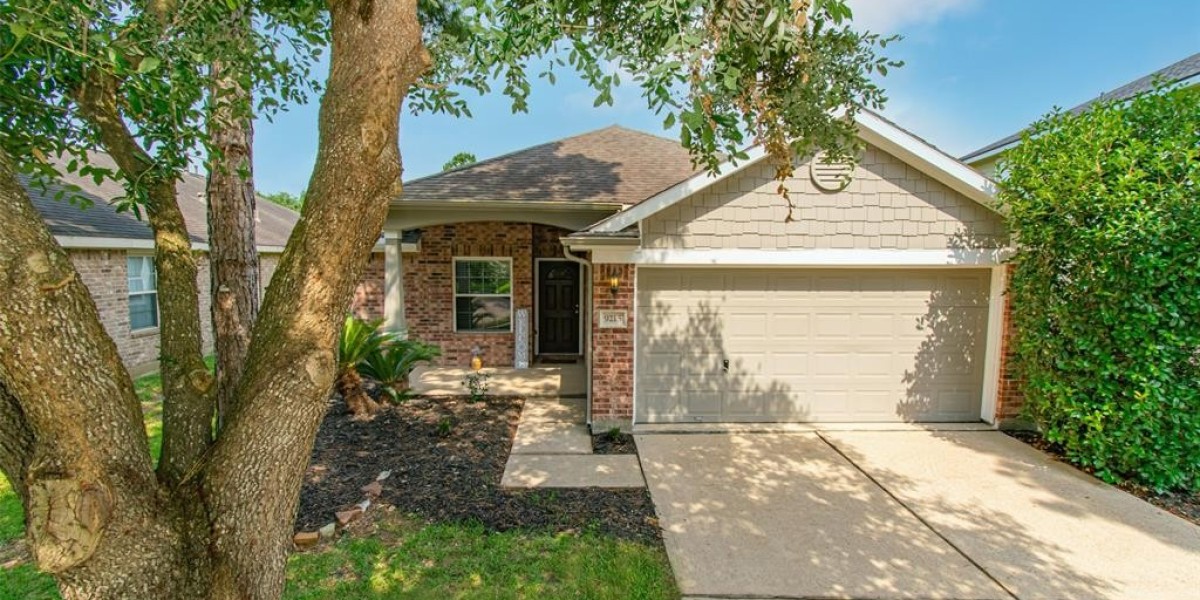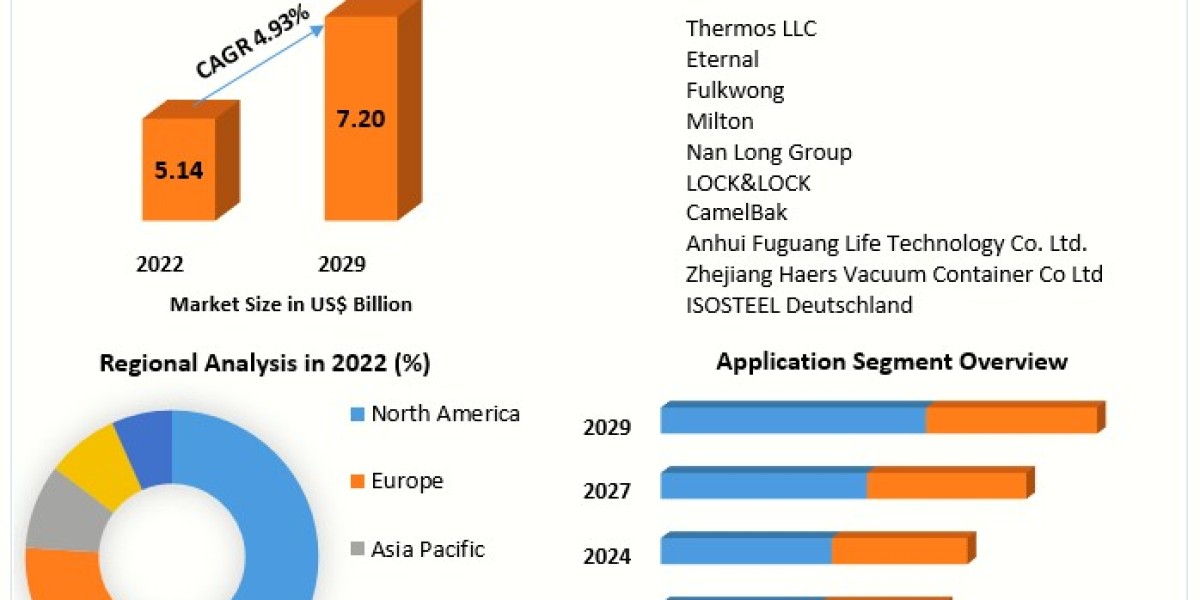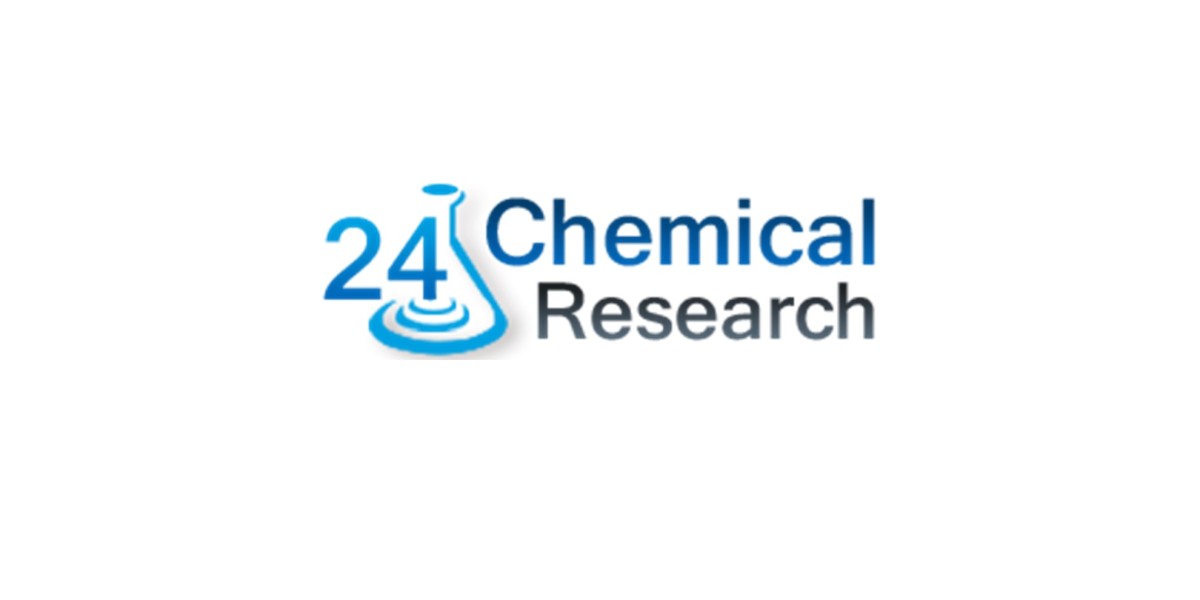1. Property Taxes
Property taxes are often overlooked during the home-buying process, yet they are a significant ongoing expense. In Katy, property tax rates can vary depending on the location and the school district. On average, property taxes can range from 2.5% to 3.5% of the home’s assessed value, which can translate into thousands of dollars annually. When searching for houses for sale in Katy, TX, it's essential to factor in these property taxes to ensure you are financially prepared for the long term.
2. Homeowner’s Insurance
Another hidden cost that many buyers underestimate is homeowner’s insurance. This coverage protects your property from various risks, such as natural disasters, theft, and liability. The cost of homeowner’s insurance in Katy can vary depending on the size of the home, the neighborhood, and the coverage level. It’s essential to get quotes from multiple insurers to compare rates and find a policy that fits your budget.
3. Homeowner’s Association (HOA) Fees
Many neighborhoods in Katy are part of a homeowner’s association (HOA), which helps maintain the community's standards and amenities. While HOAs can offer benefits like well-maintained common areas, pools, and parks, they come with monthly or annual fees. These fees can range from a few hundred to several thousand dollars per year, depending on the neighborhood. When considering houses for sale in Katy, TX, make sure to inquire about any HOA fees and what they cover.
4. Closing Costs
Closing costs are a collection of fees and expenses you’ll need to pay when finalizing the purchase of your home. These costs typically include:
- Loan origination fees
- Appraisal fees
- Title insurance
- Escrow fees
- Recording fees
- Attorney fees (if applicable)
Closing costs can range from 2% to 5% of the home’s purchase price. For a $300,000 home, this could mean an additional $6,000 to $15,000 in out-of-pocket expenses. It’s crucial to budget for these costs early in the home-buying process to avoid any last-minute surprises.
5. Maintenance and Repairs
While a new home may seem perfect when you first move in, wear and tear will inevitably occur over time. Regular maintenance, such as servicing the HVAC system, lawn care, and cleaning gutters, will be required to keep your home in good condition. Additionally, unexpected repairs can arise, such as fixing a leaky roof or replacing an old water heater. Setting aside a portion of your budget for ongoing maintenance and emergency repairs is vital to avoid financial stress later on.
6. Utilities and Services
When calculating your monthly expenses, don’t forget to account for utility costs. Water, electricity, gas, trash collection, and internet services can all add up. Depending on the size of your home and your family's usage, these costs can range from $200 to $500 or more per month. It's a good idea to ask the current homeowner for an estimate of utility costs to help you plan your budget accurately.
7. Moving Expenses
Moving to a new home is an exciting time, but it also comes with its own set of costs. Whether you hire a professional moving company or rent a truck and do it yourself, moving expenses can quickly escalate. These costs can include:
- Packing supplies (boxes, tape, etc.)
- Moving truck rental or professional movers
- Fuel costs for transporting your belongings
- Temporary storage (if needed)
It’s easy to overlook these expenses, but they can add hundreds or even thousands of dollars to your overall home-buying costs.
8. Pest Control
Pest control is another hidden cost that many homebuyers don’t consider. In Texas, pests such as termites, ants, and rodents can cause significant damage to your property if not properly managed. Regular pest inspections and treatments are necessary to protect your investment. The cost of pest control services can vary depending on the severity of the infestation and the size of your home, so it’s essential to include this expense in your budget.
9. Furniture and Appliances
Once you’ve purchased your home, you’ll need to furnish it. If you’re upgrading to a larger space, you may find yourself needing new furniture, appliances, and decor to fill the rooms. Even if you’re moving existing furniture, there may be additional costs for replacing worn-out items or purchasing appliances that don’t come with the house. These expenses can quickly add up, so it’s essential to plan ahead.
10. Property Assessments
Some neighborhoods in Katy may be subject to special property assessments. These assessments are often levied by local governments or HOAs to fund community improvements, such as road repairs, infrastructure upgrades, or new amenities. While these assessments can enhance the overall value of your property, they can also result in additional costs that you may not have anticipated. It’s important to research whether any assessments are planned or ongoing in the area where you are considering purchasing a home.
Conclusion
When buying a home in Katy, TX, it’s essential to look beyond the initial purchase price and mortgage payments. Hidden costs, such as property taxes, insurance, HOA fees, and maintenance, can significantly impact your budget. By being aware of these expenses and planning accordingly, you can make a more informed decision and avoid financial surprises down the road. Whether you’re exploring houses for sale in Katy, TX or already deep in the home-buying process, understanding these hidden costs will help you better prepare for the true cost of homeownership.








